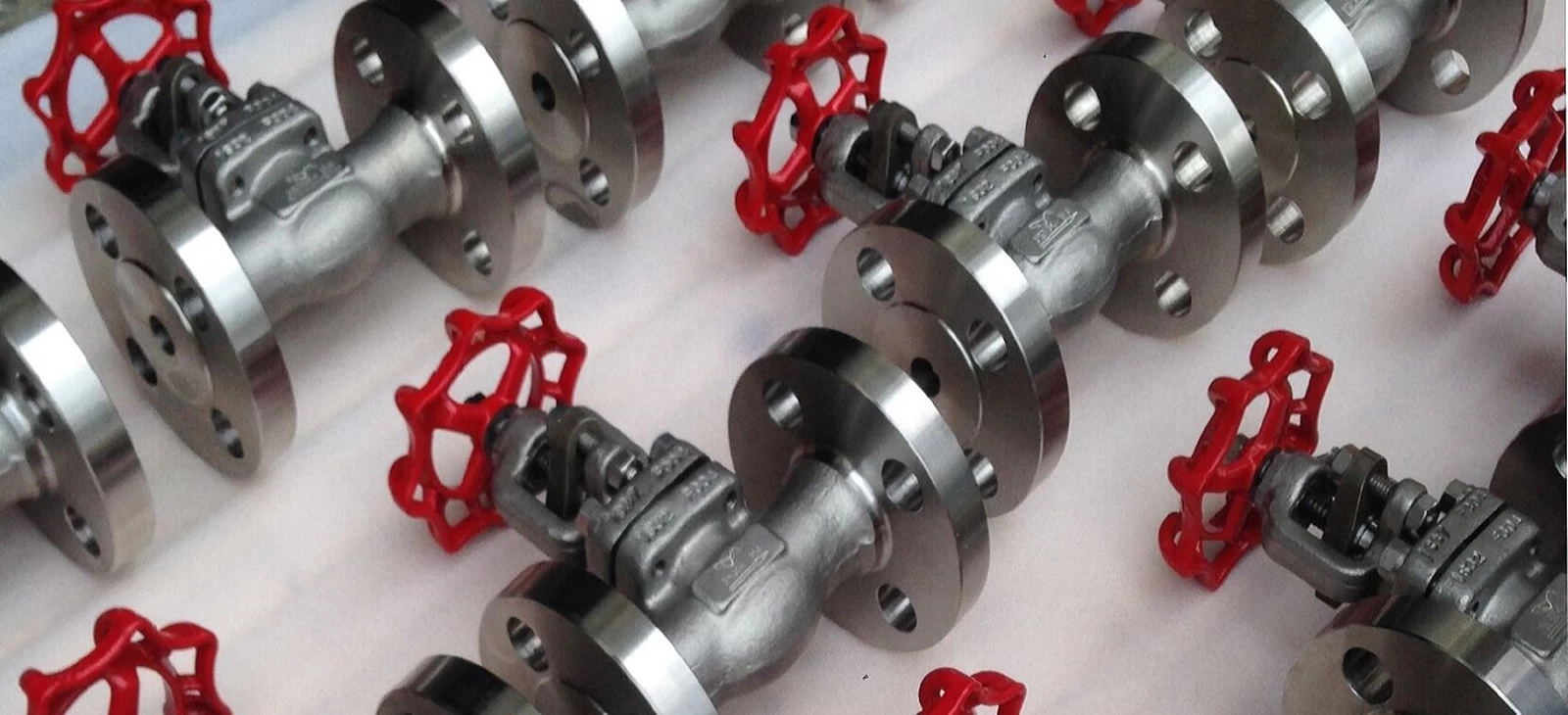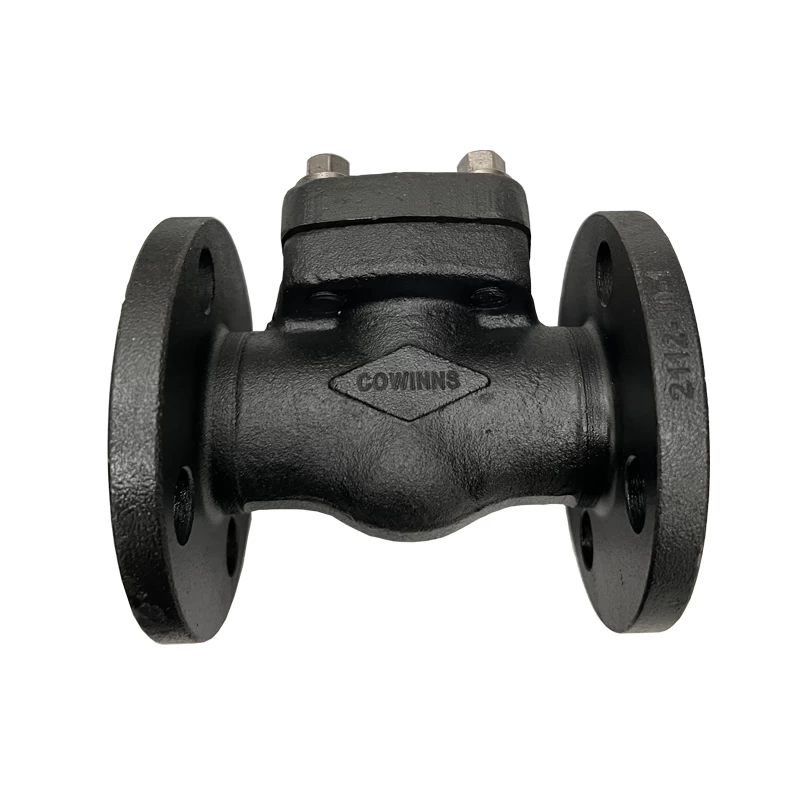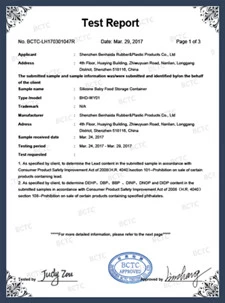Different valve working principle and pressure test method
Pressure test methods for different valves
In general, industrial valves are not tested for strength when they are used, but after repairing the valve body and bonnet or corrosion-damaged valve body and bonnet should be tested for strength. For the safety valve, its set pressure and reseating pressure and other tests shall comply with the provisions of its instructions and relevant regulations. Valve installation should be tested for strength and tightness. Check 20% of low-pressure valves, if not qualified, 100% inspection; medium and high-pressure valves should be 100% inspected. The commonly used media for valve pressure test are water, oil, air, steam, nitrogen, etc. The pressure test methods for various industrial valves including pneumatic valves are as follows:
1. Ball Valve
The standard GB/T21465-2008 "Valve Terminology" is defined as: a valve whose opening and closing parts (balls) are driven by the valve stem and rotate around the axis of the ball valve. It can also be used for fluid adjustment and control. The hard-sealed V-shaped ball valve has a strong shear force between the V-shaped ball core and the metal seat of the welded hard alloy, which is especially suitable for fibers containing tiny solid particles And other media. The multi-way ball valve can not only flexibly control the merge, split and flow direction of the medium on the pipeline, but also can close any channel and connect the other two channels. This type of valve should generally be installed horizontally in the pipeline. According to the driving mode, the ball valve is divided into: pneumatic ball valve, electric ball valve, manual ball valve.
Ball valve pressure test method :
The strength test of the pneumatic ball valve should be conducted with the ball half open.
① Floating ball valve tightness test: put the valve in a half-open state, introduce test medium at one end, and close the other end; turn the ball several times, open the closed end to check when the valve is closed, and check the sealing performance of the packing and gasket, There must be no leakage. Then introduce the test medium from the other end and repeat the above test.
② Fixed ball valve tightness test: Before the test, the ball is turned several times without load, the fixed ball valve is in the closed state, and the test medium is attracted from one end to the specified value; use a pressure gauge to check the sealing performance of the introduction end, and the accuracy of the pressure gauge is 0 .5 ~ 1 level, the range is 1.5 times of the test pressure. Within the stipulated time, no depressurization phenomenon is qualified; then introduce the test medium from the other end and repeat the above test. Then, the valve is in a half-open state, both ends are closed, the inner cavity is filled with medium, and the packing and gasket are checked under the test pressure, and there must be no leakage.
③ The three-way ball valve should be tested for tightness at various positions.

2. Check valve
Check valve refers to a valve that automatically opens and closes the valve flap depending on the flow of the medium itself to prevent backflow of the medium. It is also known as a check valve, check valve, reverse flow valve, and back pressure valve. The check valve belongs to an automatic valve. Its main functions are to prevent backflow of the medium, to prevent the pump and drive motor from reversing, and to release the medium in the container.
Pressure test method of check valve:
Check valve test status: the valve axis of the lift check valve is in a vertical position; the channel axis and valve axis of the swing check valve are in a position approximately parallel to the horizontal line.
During the strength test, the test medium is introduced from the inlet end to the specified value, the other end is closed, and it is qualified to see that the valve body and the valve cover have no leakage.
In the leak test, the test medium is introduced from the outlet end. At the inlet end, the sealing surface is checked, and no leakage at the filler and gasket is considered qualified.

3.Diaphragm valve
The structure of the diaphragm valve is very different
from that of the general valve. It is a new type of valve and a special type of
shut-off valve. Its opening and closing parts are a piece of diaphragm made of
soft material. The inner cavity of the cover is separated from the driving
parts, and is now widely used in various fields. Commonly used diaphragm
valves are rubber-lined diaphragm valves, fluorine-lined diaphragm valves,
unlined diaphragm valves, and plastic diaphragm valves.
The diaphragm valve is equipped with a flexible diaphragm or a combined diaphragm in the valve body and the valve cover, and the closing member is a compression device connected with the diaphragm. The valve seat can be weir-shaped, or it can be the wall of the straight channel. The advantage of the diaphragm valve is that its operating mechanism is separated from the medium channel, which not only ensures the purity of the working medium, but also prevents the possibility of the medium in the pipeline impacting the working parts of the operating mechanism. In addition, there is no need to use any form of separate seal at the valve stem, unless it is used as a safety facility in the control of harmful media. In the diaphragm valve, because the working medium contacts only the diaphragm and the valve body, both of which can use a variety of different materials, the valve can ideally control a variety of working media, especially suitable for chemically corrosive or suspended particles medium. The operating temperature of diaphragm valves is usually limited by the materials used for diaphragms and valve body linings. Its operating temperature range is approximately -50 to 175°C. Diaphragm valve is simple in structure and consists of three main components: valve body, diaphragm and valve head assembly. The valve is easy to disassemble and repair quickly, and the replacement of the diaphragm can be completed on site and in a short time.
Diaphragm valve pressure test method:
The diaphragm valve strength test introduces the medium from either end, opens the valve flap, and closes the other end. After the test pressure rises to the specified value, it is qualified to see that the valve body and bonnet have no leakage. Then reduce the pressure to the tightness test pressure, close the valve flap, open the other end to check, no leakage is qualified.
4.Pressure reducing valve
The pressure reducing valve is a valve that adjusts the inlet pressure to a certain outlet pressure and depends on the energy of the medium to automatically maintain the outlet pressure stable. From the point of view of fluid mechanics, a pressure reducing valve is a throttling element whose local resistance can be changed, that is, by changing the throttling area, the flow velocity and the kinetic energy of the fluid are changed, causing different pressure losses, thereby achieving the purpose of decompression. Then rely on the adjustment of the control and adjustment system to balance the fluctuation of the pressure behind the valve with the spring force, so that the pressure behind the valve remains constant within a certain error range.
Pressure test method of pressure reducing valve:
① The strength test of the pressure reducing valve is generally assembled after a single piece test, and can also be tested after assembly. Strength test duration: DN<50mm/min; DN65~150mm>2min; DN>150mm>3min. After the bellows and components are welded, the strength test is performed with air 1.5 times the highest pressure after applying the pressure reducing valve.
②According to the actual working medium during the sealing test. When testing with air or water, conduct the test at 1.1 times the nominal pressure; when using the steam test, perform at the maximum allowable working pressure at the operating temperature. The difference between inlet pressure and outlet pressure is required to be not less than 0.2MPa. The test method is: after the inlet pressure is adjusted, gradually adjust the adjusting screw of the valve so that the outlet pressure can be sensitively and continuously changed within the maximum and minimum range, and there must be no stagnation or jamming. Steam valve, when the inlet pressure adjustment left, after closing the valve shut-off valve, the outlet pressure is highest and the lowest value in 2min, its outlet pressure after the appreciation of the force shall be as specified in Table 4.176-22, at the same time, valve The pipeline volume meets the requirements in Table 4.18 and is qualified; for water and air pressure reducing valves, when the inlet pressure is set and the outlet pressure is zero, the pressure reducing valve is closed to conduct a leak test, and no leakage is qualified within 2 minutes.

Coiwnns has good experience on forged C95800 ball valve design and manufacturing, it was designed with fire safety function, we do professionally pressure test in house.
 +86 512 68781993
+86 512 68781993 


















